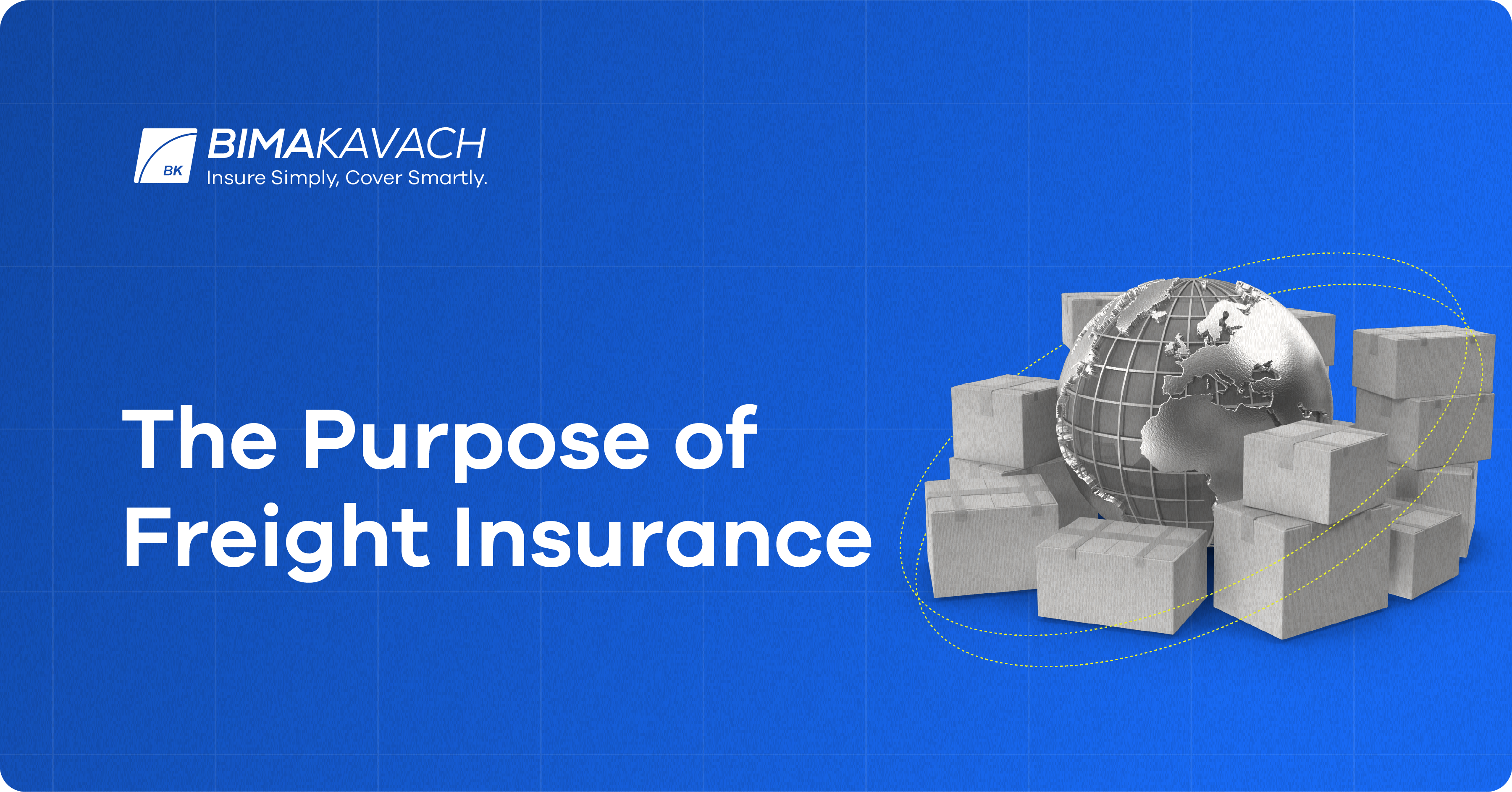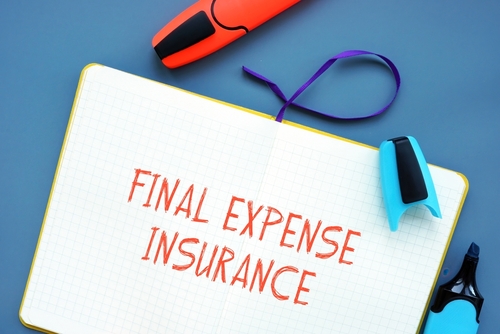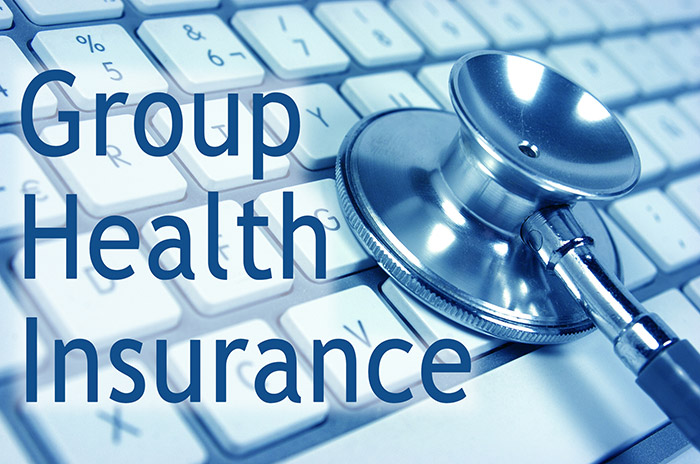The Pacific Prime Statements
The 5-Second Trick For Pacific Prime
Table of ContentsPacific Prime Can Be Fun For EveryoneThe 9-Minute Rule for Pacific PrimeThe Pacific Prime DiariesThe Basic Principles Of Pacific Prime
In a lot of states, the insurance provider is called for to send you a copy of the changes to your plan. It is essential that you review Endorsements or Motorcyclists so you comprehend exactly how your plan has actually transformed and if the plan is still adequate to meet your needs. To obtain a duplicate of your insurance coverage plan, please call your insurance agent or company.
The Institute of Medicine (IOM) Committee on the Consequences of Uninsurance launches an extended evaluation of evidence that addresses the significance of medical insurance coverage with the magazine of this record. Insurance coverage Issues is the first in a collection of 6 reports that will certainly be provided over the next 2 years recording the fact and repercussions of having an estimated 40 million individuals in the USA without medical insurance coverage.

The Main Principles Of Pacific Prime
The objective of this collection of studies is to redouble policy focus on a longstanding problem. Adhering to the longest financial growth in American history, in 1999, an approximated one out of every 6 Americans32 million adults under the age of 65 and greater than 10 million childrenremains without insurance (Mills, 2000).

10 percent of the populace represent 70 percent of healthcare expenses, a connection that has actually remained constant over the past three decades (Berk and Monheit, 2001) - global health insurance. Hence medical insurance continues to serve the feature of spreading out threat even as it progressively funds regular treatment. From the viewpoint of health and wellness treatment providers, insurance coverage lugged by their people helps safeguard a revenue stream, and neighborhoods profit from economically feasible and stable health and wellness care professionals and establishments
Federal government provides medical insurance to populations whom the private market might not offer efficiently, such as disabled and seniors, and populaces whose accessibility to healthcare is socially valued, such as children and expectant females. The ultimate ends of health insurance policy protection for the individual and communities, including office communities of employees and companies, are enhanced health and wellness results and lifestyle.
The Greatest Guide To Pacific Prime
Workers rank wellness insurance coverage initially by much in relevance among all the advantages provided in the work environment (Salisbury, 2001). Although there have been substantial investments of individual and public funds to give medical insurance, lots of people still have no insurance coverage. In spite of substantial coverage of survey findings and health and wellness care research study results, the public stays confused and misinformed regarding Americans without medical insurance and the effects of lacking protection.

Without concern, the complexity of American healthcare funding systems and the riches of sources of information contribute to the public's confusion and apprehension about medical insurance statistics and their analysis. This report and those that will comply with purpose to distill and provide in easily easy to understand terms the comprehensive research study that bears upon concerns of health and wellness insurance policy protection and its value.
Fifty-seven percent of Americans questioned in 1999 believed that those without medical insurance are "able to obtain the care they need from physicians and health centers" (Blendon et al., 1999, p. 207). In 1993, when national interest was focused on the problems of the uninsured and on pending healthcare regulation, just 43 percent of those surveyed held this belief (Blendon et al., 1999).

They likewise obtain fewer preventive services and are less likely to have regular take care of chronic conditions such as hypertension and diabetes. Persistent conditions can lead to pricey and disabling issues if they are not well handled (Lurie et al., 1984; Lurie et al., 1986; Ayanian et al., 2000). One national survey asked even more than 3,400 adults regarding 15 very severe or morbid problems.
The Definitive Guide for Pacific Prime
Extra proof is provided later on look at this web-site in this phase in the conversation of insurance coverage and accessibility to health and wellness care. https://triberr.com/pacificpr1me. People without health and wellness insurance are young and healthy and balanced and select to do without protection. Almost fifty percent (43 percent) of those checked in 2000 believed that individuals without medical insurance are more probable to have illness than people with insurance policy
Citizens and plan manufacturers in focus group conversations define those without insurance policy as youngsters that have the chance to be covered and feel they do not require it (Doorperson Novelli, 2001). Contrasted to those with at least some personal coverage, the uninsured are less likely to report remaining in outstanding or really great health (Company for Medical Care Research Study and Quality, 2001).
RESOURCE: Facility for Cost and Financing Studies, Agency for Health Care Study and Top quality, based on MEPS information. Youthful adults between 19 and 34 are much more most likely to lack medical insurance than any kind of other age. This is mainly since they are less commonly qualified for employment-based insurance due to the nature of their work or their brief period in it.
The perception that individuals without insurance policy have better-than-average health and wellness follows from puzzling the fairly young age account of the without insurance with the better health and wellness, usually, of more youthful persons. This obscures the link between health condition and medical insurance. For those without access to workplace medical insurance, inadequate wellness is a possible barrier to buying nongroup protection since such protection may be very valued, omit preexisting problems, or be merely inaccessible.